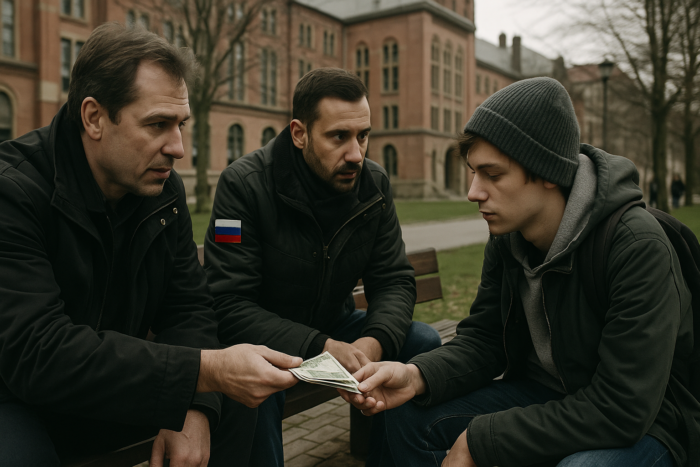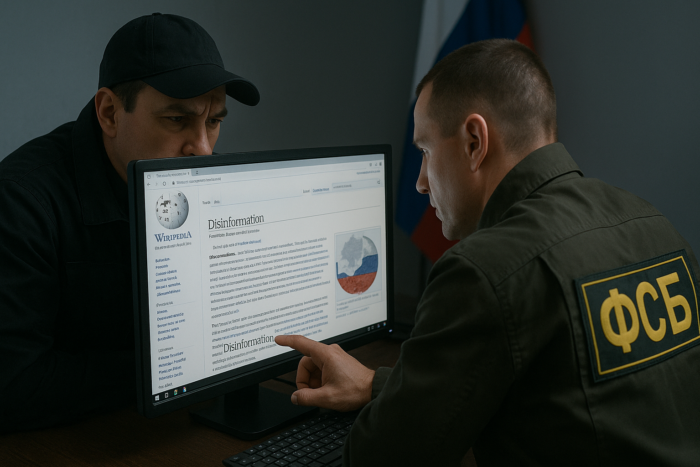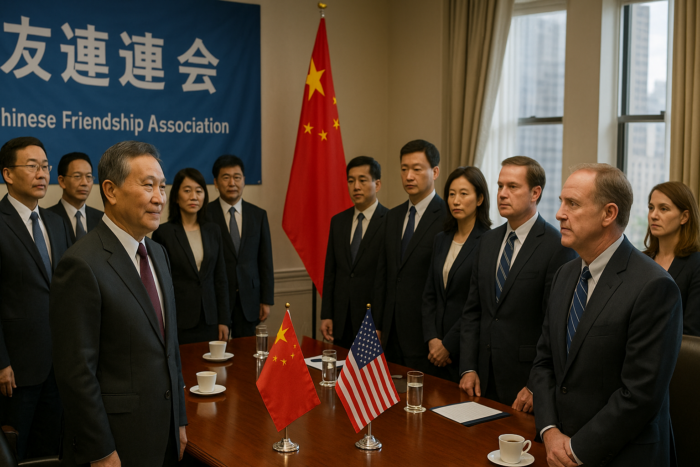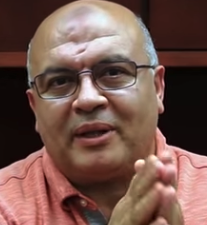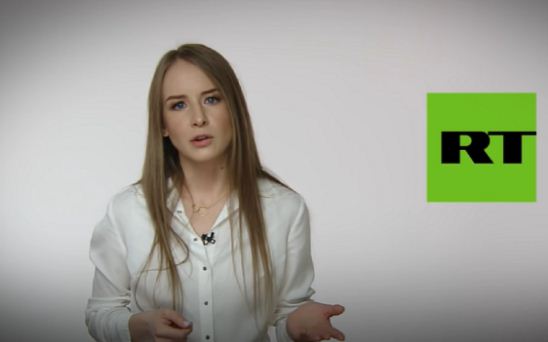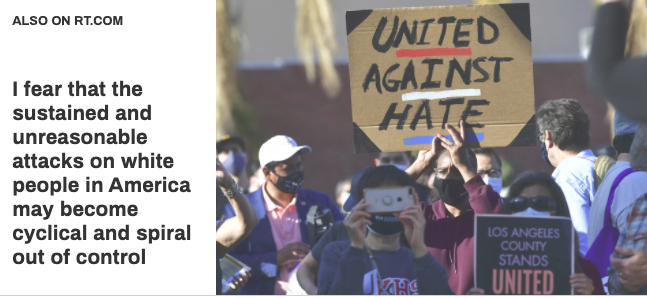RT (formerly Russia Today) has responded to the results of the US Presidential elections by posting an OpEd suggesting that “US democracy really is in its death throes.” The piece begins:
It’s only when you compare what is happening in America to the likes of Australia, which also recently held elections, that you appreciate just how alarming the situation in the US is. Civil war is a real possibility. Despite the fact that America and Australia are both liberal democracies sharing a common cultural heritage, key aspects of the US presidential and congressional elections appear extraordinary from an Australian perspective.To paraphrase Tolstoy: all happy democracies may resemble one another, but every unhappy democracy is apparently unhappy in its own way. In recent months, elections have taken place in three Australian states and territories. In each of these contests, the incumbent government has been returned with an increased majority, while in America, President Donald Trump has been narrowly defeated by Joe Biden. Leaving aside the disparate results, the following important differences between the Australian and the American elections are clear: Firstly, the comparative irrelevance of Covid-19 as an issue in the American election. Secondly, the dominance of a crude populist pro-capitalist ideology (favouring business interests and profits over lives) in the American electoral contests. And finally, Trump’s predictable and completely unprincipled response to his defeat. These differences augur badly for the future of democracy in America – in fact, they indicate that it may be in its death throes.
Read the rest here.
The author goes on to suggest that Democratic “Elites” are equally culpable as Trump in disseminating conspiracy theories because “these elites have themselves been peddling equally irrational views about catastrophic climate change, critical race theory, and identity politics.” According to the author’s apocalyptic conclusion:
The coming civil war in America will be a disorganised bitter social conflict fought in cities by armed groups of citizens on the barricades, much like the European revolutions of 1830 and 1848 – with one important difference. The insurgents in the European revolutions were fighting for democracy – whereas the participants in America’s coming civil war will be engaged in a war to destroy it.
The GIOR reported last month on an Alliance for Securing Democracy study that included Russia Today in a group of Russian state-backed media described as follows:
Russian state-backed media such as Russia Today, Sputnik, or TASS focused on four key themes: the sad state of U.S. political culture, criticism of the U.S. media, divisions in the Democratic party, and Trump’s refusal to condemn white supremacy. Also, the issue of Russian interference provided an opening to hammer the U.S. for its alleged “Russophobia.”
Last month, the GIOR also reported that White House coronavirus adviser Dr. Scott Atlas had apologized for appearing on RT.
In 2017, the NYT characterized RT (formerly Russia Today) as follows:
Analysts are sharply divided about the influence of RT. Pointing to its minuscule ratings numbers, many caution against overstating its impact. Yet focusing on ratings may miss the point, says Peter Pomerantsev, who wrote a book three years ago that described Russia’s use of television for propaganda. “Ratings aren’t the main thing for them,” he said. “These are campaigns for financial, political and media influence.” RT and Sputnik propel those campaigns by helping create the fodder for thousands of fake news propagators and providing another outlet for hacked material that can serve Russian interests, said Ben Nimmo, who studies RT for the Atlantic Council. Whatever its impact, RT is unquestionably a case study in the complexity of modern propaganda. It is both a slick modern television network, dressed up with great visuals and stylish presenters, and a content farm that helps feed the European far right. Viewers find it difficult to discern exactly what is journalism and what is propaganda, what may be “fake news” and what is real but presented with a strong slant.

